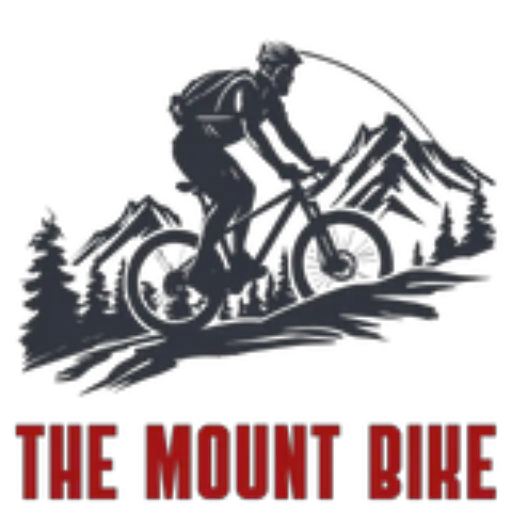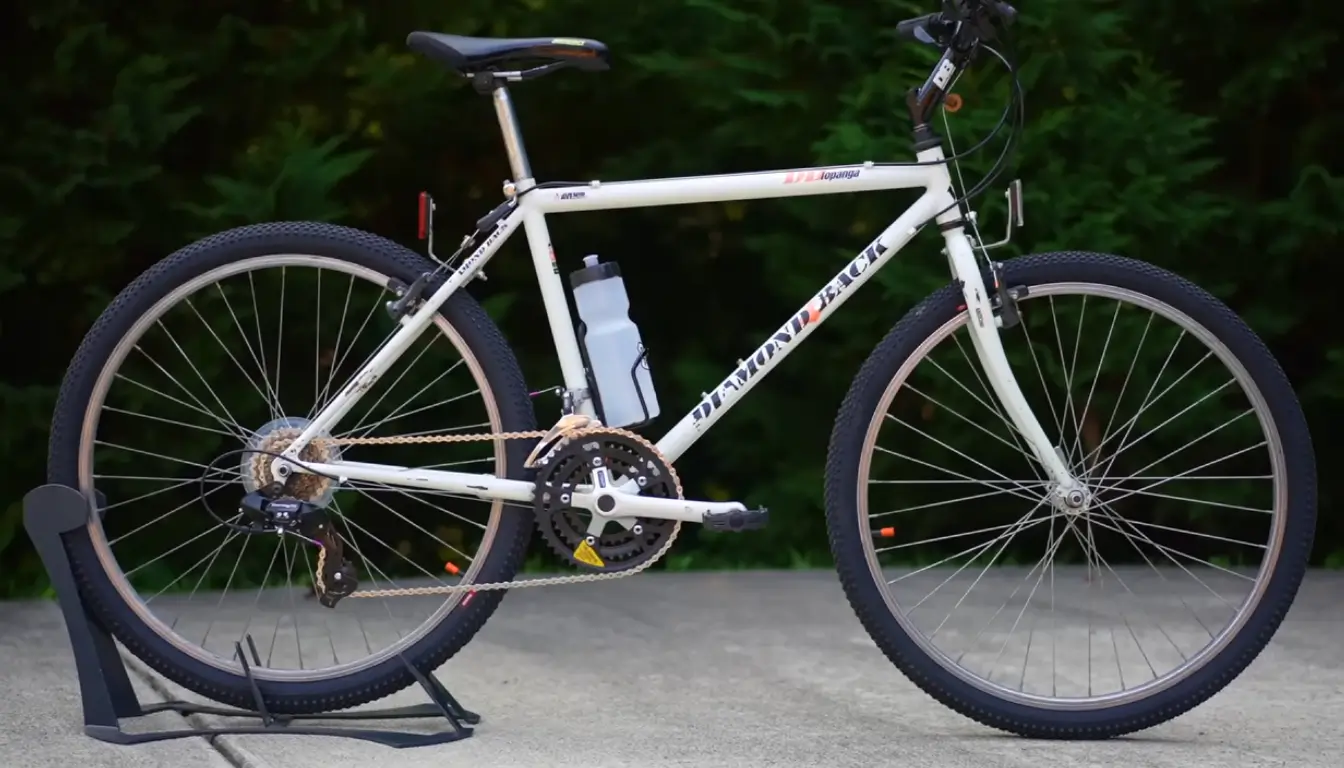While the rear derailleur has come a long way, with many different styles, designs, and mounting positions, many people still prefer to use a front derailleur. So why the front derailleur is still better for MTB?
A straighter chain line, the ability to drop to a lower gear, etc., make the front derailleur fantastic for off-road cycling.
So today, we’ll explore why the front derailleur is better for MTB and how you can use them to make your next bike easier to ride. Let’s clear it up real quick.
Why The Front Derailleur is Still Better?
There are plenty of reasons why the front derailleur is still a great component for mountain bikes.
Longevity
Let’s start with longevity if you’ve got a one-by-drivetrain that rings up front and is always making contact with the chain on a three-by. You’ve three rings sharing the load of the chain, and so technically speaking, they last longer, but it doesn’t end there.
Often on a three, you have a smaller cassette with bigger gaps between the gears; those gears are often bigger and thicker.
These same drivetrains have been made for decades, and so through economies of scale, companies can get them for a few bucks apiece.
Wider Cassettes
Also, the wider cassettes on one-by-drive trains take more advanced tooling to produce, the gears are narrower and closer together, and any error in the manufacturing process will have a bigger effect on how it works.
So it’s more expensive to make. You also need a narrower chain on a one-by-drivetrain, so it needs to be made from stronger material to have a thin light chain that’s going to be able to deal with those stresses.
Chain Retention
Another arguable sometimes advantage of a three-by-drive train is chain retention. We were surprised to find out it’s for chain retention when you’re dealing with an inexpensive drivetrain where the chain is flopping everywhere.
There is an advantage to having the chain going through a derailleur in the front because that chain can now pop completely off the bike.
And so, for a beginner who doesn’t know how to maintain their drivetrain. This ensures that the chain stays at least sort of on the bike at all times.
Ability to Drop to a Lower Gear
The next advantage to a three-by-drive train is my favorite and what we think is the biggest thing you’re losing by going one: the ability to drop to a lower gear by going to a smaller cog.
Let us explain why this is important. We’ve mentioned your bike’s terrible sounds when you try to shift gears under load.
This happens most often when you encounter a punchy climb, and you’ve to downshift in a hurry on a one-by-mountain bike.
Your only option is to shift to a bigger chain ring in the back. To do this, you must pedal, and the chain must climb to a bigger gear.
Spring
The springs in your trailer cage take up the load as your chain climbs up the cassette. If you do this with pressure on the pedals, it makes horrible noises. When you’ve to change gears in an emergency, that doesn’t happen on a three-by-drive train.
You can drop the chain to a smaller gear at the click of a button; you’re in a dramatically lower gear. You can climb hills with it, there’s no clanging or grinding or anything, and it just shifts gears reliably.
Even if the drivetrain is under load. Now, of course, you already have to be in the largest or middle gear in order for this to work.
Gear
So riding by drivetrain forces you to change your habits a little bit. Many people rely on the fact that they can drop into low gear with one click of a button on their three, and many people don’t want to let go of it because of that.
When any drivetrain is operating, you’ve your drive gear up front and your gear in the back. Ideally, these gears are completely in line with each other so that the chain can easily make its way onto the gear.
Still, on any system with a derailleur, your chain line won’t always be straight, but this is more so on the more modern one-by-system because you only have one gear up front.
Straighter Chain Line
Now, having a straighter chain line has a few advantages. It does often feel smoother. It technically puts less wear on the chain and the teeth, and in certain situations, if you use a three-drivetrain properly, it’s a reason why it may last longer.
The fact that chain lines aren’t always going to be straight has been engineered into a modern one by systems, but it’s still an objective reality that you can have a straighter chain line on the older three-by systems.
What is a Derailleur?
This is a derailleur. As you shift through those gears, the bike either becomes easier to pedal uphill or faster with each pedal stroke.
The bike has 21 possible gears. It’s a three by 7, 21-speed bike. Now, each of the cogs on this seven-speed cassette has teeth on the smaller end, we’ve 12 teeth and on the larger end, we’ve 28 teeth.
What is A Cassette?
This is a modern mountain bike cassette and it has 12 years on the smallest end, it’s 10 teeth and on the largest, it’s 50 this cassette has so much range that we only need one year upfront.
This is a one-by-12. So for the range of gear we use in mountain biking, by-drivetrain has become ubiquitous.
It’s simpler, lighter, more user-friendly, doesn’t become a ninja star in a crash, and tends to run a lot quieter.
But there are still mountain bikes that come with three-by-drivetrains and if you’ve one, you actually have some advantages over people-by, and in the interest of fairness, we’re going to discuss those today.
FAQs
Is 3X faster than 1x?
Yes, 3X is faster than 1x. A 1x drivetrain has a max limit of speed 45-47 kph. 3X drivetrain has a max speed of 55-57 kph.
What is the purpose of a front derailleur?
The front derailleur is one of the three types of derailleurs. A single-speed bike has only one gear; a multi-speed bike has two or more gears. The front derailleur moves down to the chainring above and increases tension on the chain. It is used to change gears. When you’re at lower speeds, prevent your chain from jumping off the ring.
Why do mountain bikes have fewer gears now?
The fewer gears you’ve got, the less you need to shift gears. It also helps ride down over rocks, tight tree stands, and steep downhills by reducing the effort required to move up or down a gear.
Conclusion
No other type of drivetrain will be as smooth or give you more control. The front derailleur is an old technology that does not make it obsolete. It’s still the best way to go for anyone who values efficiency and performance.
We hope this article explains why the front derailleur is still better for MTB than any other type of drivetrain. If you’ve any questions, feel free to ask in the comments section below!

I am Ryan Ford, a mountain biking enthusiast who loves to explore the outdoors. I also like to go on adventures with friends and anything else that involves being outside. I love my bike because it gets me out of the house and gives me an opportunity to enjoy nature.

